Black Yachting History: McLaughlin & Jarvis
Published on February 8th, 2023
Every February, Black History Month in the United States provides the opportunity to spotlight and celebrate the achievements of African Americans in the country. Ashley Newall provides this report about Black yachting history:
Caymanian Captain Culrose McLaughlin (1896-1992) was a trailblazer for mariners of color in the U.S. and Canada, his career ascent having preceded Jackie Robinson, Willie O’Ree (for my hockey-mad fellow Canucks), and Civil Rights. He first came to Canada in 1921 crewing onboard Aemilius Jarvis’ yacht “Haswell,” relocating a few years later for an extraordinary career in the U.S.
1920 was a big year for Toronto financier and two-time Canada’s Cup winner Commodore Aemilius Jarvis (1860-1940). For starters, he made the bond deal with the Ontario government that would land him in jail four years later. Then he was in-series racing counsellor to the Brits’ Sir Thomas Lipton for that year’s America’s Cup, seeing action at the helm during trials.
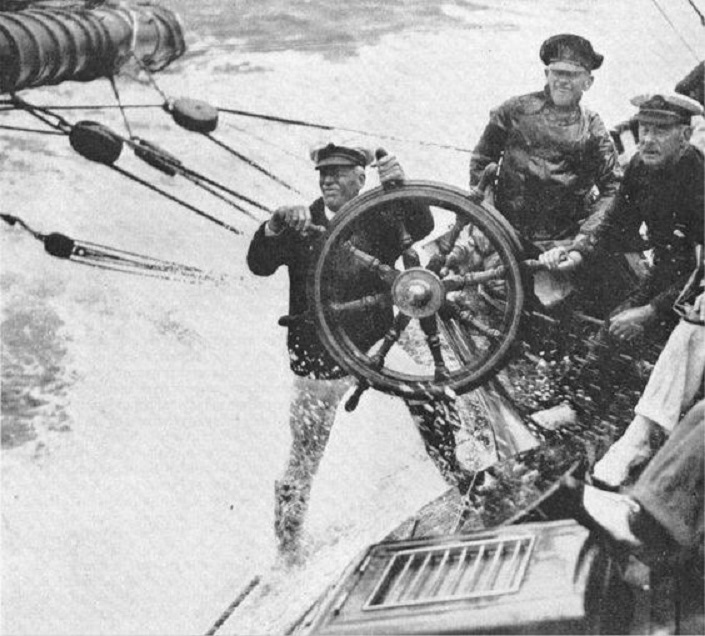
Aemilius Jarvis skippering Shamrock III aka Shamrock 23 off Sandy Hook, N.Y., at trials ahead of 1920 America’s Cup.
Following that, he was named to skipper a subsequent Canadian challenge for America’s Cup which never came to fruition, but which rather had the effect of kickstarting the founding of the International Fishermen’s Cup, the series for which Canada’s iconic Bluenose was built. All the while, he headed the embattled Navy League of Canada.
In September 1920, Jarvis decided to take a break. He cast off Toronto’s Royal Canadian Yacht Club docks for Jamaica onboard his Herreshoff schooner Haswell, for a journey he’d chronicle in his book, “5,000 Miles in a 27-Tonner.” Along the way he met and hired two crew members of African descent, including future Master Mariner, Culrose McLaughlin.
Aemilius ruled his crews with an iron fist, including throwing their unstowed items overboard. And so, on his trip to Jamaica and back, he went through a few crew members.
Needing a replacement for the latest to walk the plank, and docked in Kingston, Jamaica in Feb. 1921, Jarvis was approached by McLaughlin who’d heard the Haswell was in need and offered to join. Culrose had been working as mate on a turtle schooner (i.e. hunting green sea turtles) and was signed up on the spot.
Ethon Culrose McLaughlin, nicknamed “Mack,” hailed from Grand Cayman Island. His great-grandfather was reportedly an Irishman who’d married a Caribbean Indigenous (Arawak Taino) woman and settled on the island. (Mack’s great-grandfather was presumed to have found his way to the Caribbean as a buccaneer.) Culrose was partly of African descent, a fact which has been confirmed by one of his descendants. The claim that he was also part Caribbean Indigenous – made by his father and appearing in “5,000 Miles” and the Toronto Telegram – could not be verified.
In “5,000 Miles,” Jarvis writes of how thrilled he was with McLaughlin’s work as a deckhand, only wishing he’d been onboard all along. Mack stayed on with the Commodore beyond the Caribbean voyage until 1924-25 (back in Toronto), and Jarvis declared he was the best crewmember he’d ever had.
In 1923, Haswell was sold and subsequently re-named Diablo. She went on to twice win the Trans-Pacific Yacht Race (Transpac) from Santa Barbara to Honolulu. Jarvis replaced Haswell with “Venture,” and a book chronicling another Jarvis sea journey (“Adventures of the Venture”) soon popped up, once again featuring Mack.
In 1924, Jarvis was wrongfully convicted of conspiracy to defraud the government as a result of the aforementioned bond deal. Charges were brought against his co-convicted, former Ontario finance minister Peter Smith, as an act of political vengeance by the newly governing party versus the previous one, and Jarvis got caught in the crossfire. (A forthcoming book by Ian Kyer is set to re-examine the infamous trial.) He spent 6 months in jail and paid a fine in the millions in today’s money. This necessitated the sale of Venture, and the need for McLaughlin to find new employ.
As reported by legendary Canadian yachting journalist C.H.J. Snider, “Jarvis loved “Mac” [sic] and encouraged him to get mate’s and master’s papers, and got a job for him with Morgan, when he had to part with Venture. Capt. McLaughlin is now commodore of a squadron of Morgan yachts—power boats, sailing yachts, houseboat and tenders, and is a highly respected—and highly paid—American citizen.” (Toronto Telegram – May 17, 1941) (The Morgan referred to could only have been J.P. Morgan Jr., with whom Jarvis was connected both in business and yachting, however that’s not been directly confirmed.)
In 1930, Culrose was living in Oyster Bay, Nassau County, New York, very near to J.P. Morgan Jr.’s Glen Cove residence. Also in Nassau County was F. Trubee Davison, President of New York’s American Museum of Natural History and Treasurer of the Republican National Committee, for whom Mack began working around 1927 (continuing through 1940). Culrose captained Davison’s yachts on the latter’s winter vacations in the Caribbean and ferried the vessels to and from Nassau County for said purposes. Some of his exploits on these journeys (such as the loss of one yacht in a hurricane) made the newspaper in Miami, where Mack eventually settled.
In 1942, living in Edgartown Mass. on Martha’s Vineyard, McLaughlin joined the U.S. Merchant Marine, quickly rising through the ranks to First Mate/Chief Officer (i.e., second in command) by D-Day/1944, and maintaining that position through WWII and beyond. In the Battle of the Atlantic, he made numerous perilous crossings, and there’s at least one documented instance of a U-Boat attack on his convoy, off Tunisia in 1944.
One known instance of Mack encountering racism occurred when he tried to join a local Masonic order on Martha’s Vineyard. He ultimately prevailed, gaining membership through sheer force of will.
The first Black Captain of an integrated crew in the Merchant Marine was Capt. Hugh Mulzac in 1942. It took a while (for reasons unknown), but by 1951 Culrose had finally taken that one last step up to Captain, and he served through the Korean War until at least 1958.
By the early 1960s, Mack was back in his old stomping grounds, commanding vessels large and small to and from the Caribbean. Following that; retirement in Miami, and leisure suits aplenty.
Looking back on his improbable career trajectory, from mate on a turtle schooner to Captain in the U.S. Merchant Marine, while the mentorship with Jarvis gave him a leg up, he was ultimately self-made. One way or another, Capt. Culrose McLaughlin was bound to succeed.


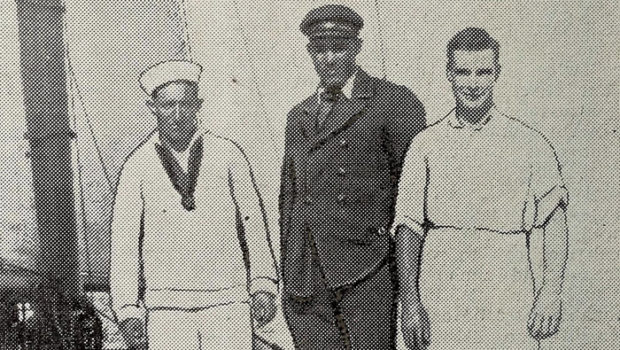

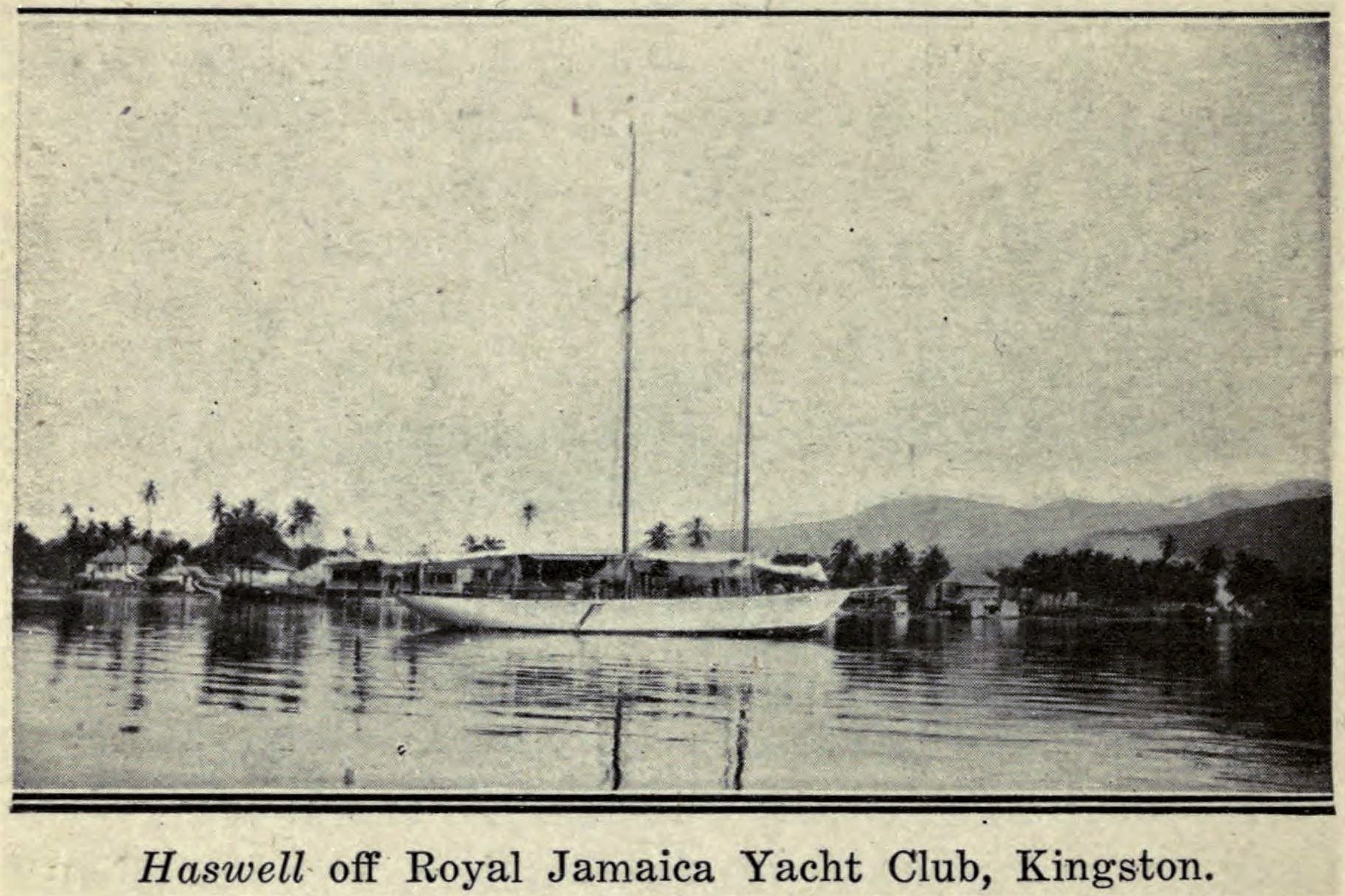
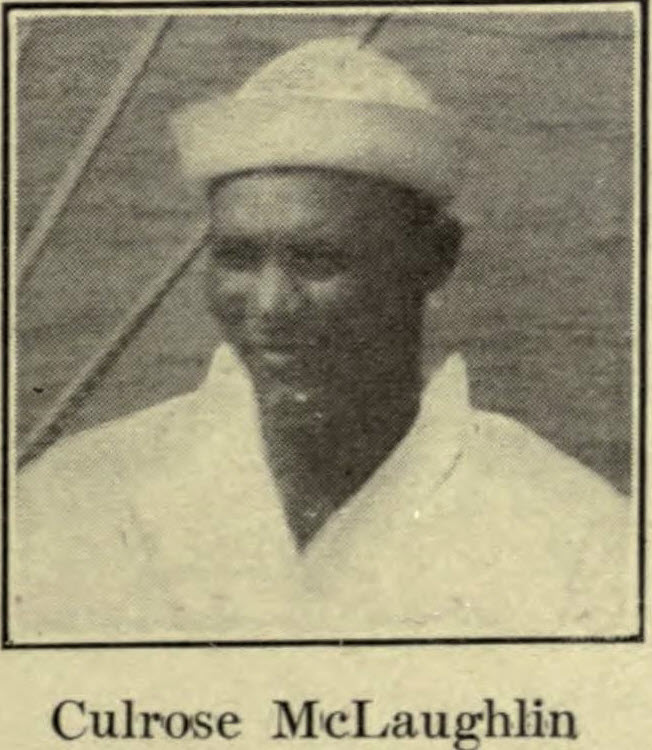
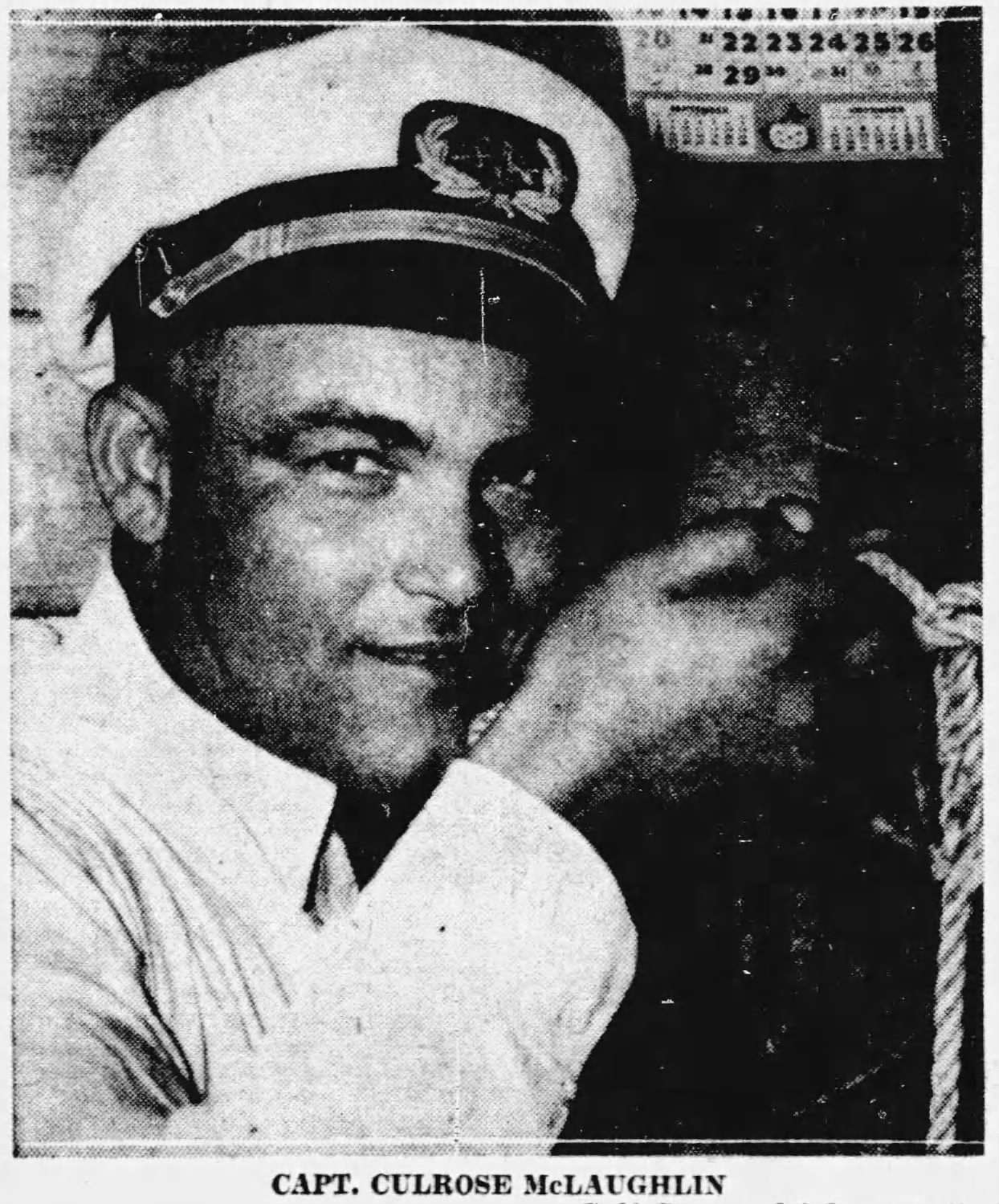

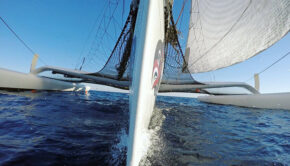
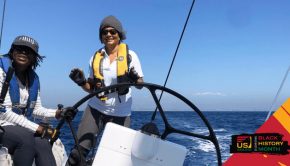
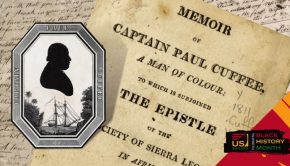
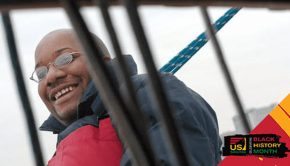
 We’ll keep your information safe.
We’ll keep your information safe.